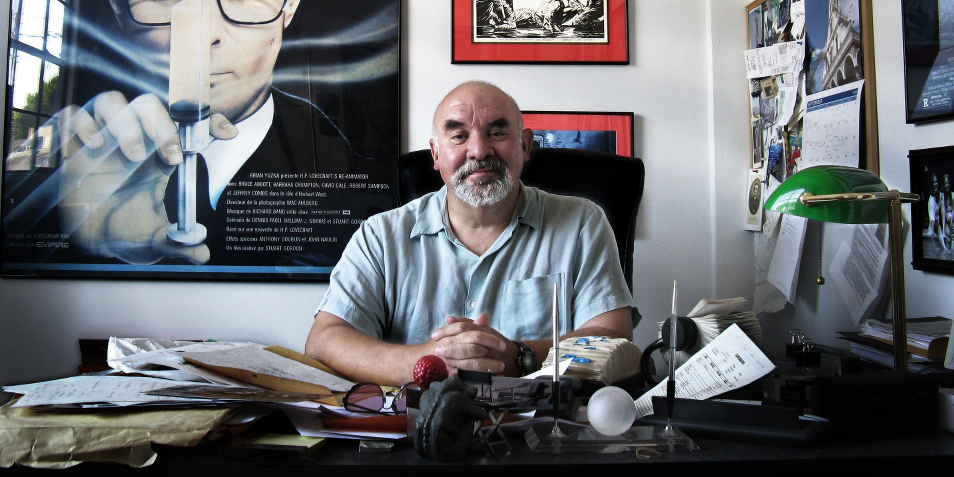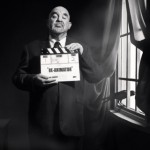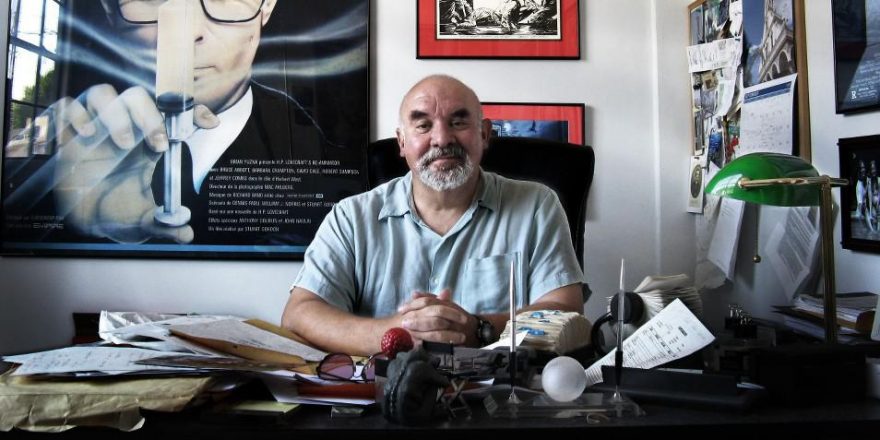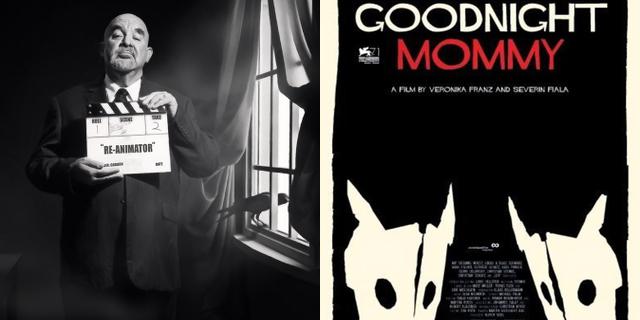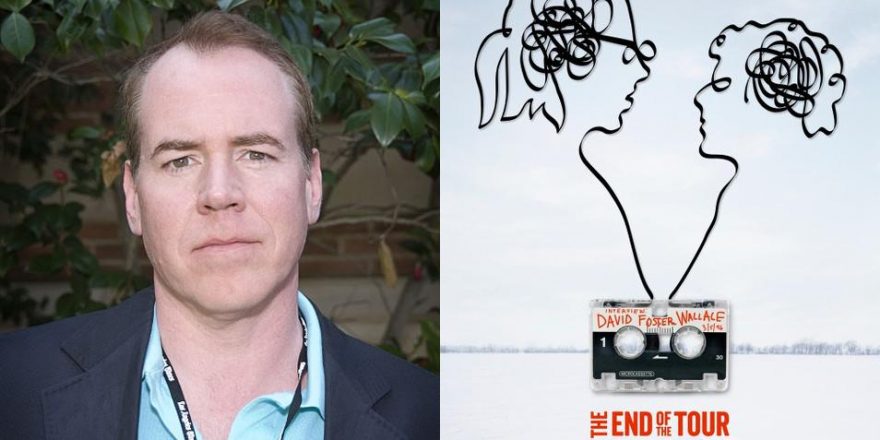It was a book so disturbing that I had to put it down from time to time to catch my breath. American Psycho by Bret Easton Ellis came out in 1991, and created a scandal. Ellis’ publisher Simon & Schuster refused to put it out (Vintage picked it up instead), and the reviews were so blistering that Ellis, who received death threats for writing such “disgusting filth,” ended up disowning it. But I couldn’t get that damned book out of my mind.
Told in the first person, the story is about Patrick Bateman (as in the Bates Motel?), a well-to-do 20-something Wall Street investment banker. He also happens to be a serial killer. Patrick knows the brand names of all the very best merch: Armani suits, Gucci loafers, Rolex watches, but he gets confused about the names of his co-workers, many of whom he ends up murdering in explicit scenes of misogynistic torture. The book is set in the 1980s during the Reagan administration. Bateman is a symbol of consumerist excess, and we watch horrified as he literally consumes everything and everyone. A brilliant allegory of greed and gluttony.
I knew that a movie based on this book could become a classic and discovered that the film rights were not only available, but that no one would touch them. “You can have a free option,” Ellis’ agent told me and then added, “And good luck.” I believed the film could be as shocking and game-changing as Hitchcock’s original Psycho, for which it is named, but the project needed to have an elegant veneer of upward mobility.
I decided that it should look like the sophisticated black-and-white ads for the perfume Obsession that showed beautiful people in beautiful surroundings looking slightly bored as they vacantly stared at each other. And this is the way I pitched it to producer Ed Pressman on the day after Rodney King’s brutal beating by the LAPD. Violent pay-back was in the air as we shook hands on making the film together.
But who should play Patrick Bateman? In my mind, there was no question. It had to be Johnny Depp. I contacted Tracey Jacobs, his longtime agent at UTA, and told her about the project. She said she’d run it past Johnny but couldn’t promise anything, so I was happily surprised when she called me back the next day and told me that her client was intrigued and wanted to meet with me to discuss it.
Johnny and I went out for drinks together and I told him about the book. He nodded politely until I began describing one of my favorite scenes, in which Bateman steals a urinal cake out of the men’s bathroom at one of his trendy clubs, covers it in Hershey’s chocolate syrup, places it in a Godiva candy box and then gives it to his fiancée as a gift. She takes a bite and exclaims, “Mmm … minty!” Johnny burst into laughter. “I’m in,” he told me.
Everything seemed to be coming together, but that summer a movie had recently opened that would radically change the landscape of the entertainment industry forever. It was The Silence of the Lambs, a story that featured another brilliant serial killer, Hannibal Lecter and his grisly handiwork. Silence began as a sleeper but continued to gain in popularity until it amazingly went on to make over $130 million and win the Academy Award for Best Picture of the Year (the only horror film ever to do so). Serial killers were suddenly commercial.
So I shouldn’t have been surprised when I got the call from Ellis’ agent. She was pulling my rights to her client’s book because there were suddenly other offers on the table. I scrambled, trying to find the money for an option, but before I got very far an article appeared in the New York Post. It was an interview with Bret Easton Ellis in which it was clear that he was no longer disowning his controversial book, but rather, now that money was to be made, was embracing it. Not surprising, really. But then he began trashing me.
He referred to me as a schlocky horror movie director who would ruin his book by turning it into a bloodbath. The fact that his book was already the bloodiest thing anyone had ever read seemed to somehow escape him. But what really infuriated me was that he also put down Johnny Depp, calling him a lightweight actor who was too old to play the part (Johnny was 28 at the time). Any differences between Ellis and his monstrous creation suddenly vanished, and I felt like one of Bateman’s unfortunate victims, crucified with a nail-gun.
After I departed the project, it went through several directors and stars: David Cronenberg with Brad Pitt, Oliver Stone, Edward Norton. Women’s groups were up in arms, so Lionsgate, the studio who now was producing the film, decided that a female director might soften the controversy and hired Mary Harron (I Shot Andy Warhol), who cast Christian Bale as Bateman.
That’s when Leonardo DiCaprio, who had just opened in Titanic, and was now more popular than God, announced that he was dying to play the role. Lionsgate was immediately ready to jettison both Harron and Bale but Leonardo’s handlers must have quickly convinced him that this would seriously damage his image with the adoring female teeny-boppers and he dropped out. So Lionsgate had to crawl back to Harron and Bale and eat some shit and the movie finally got made, almost 10 years after I had started the ball rolling.
Although the film captured the consumerist satire of the book, it was strangely light on Ellis’ excessive carnage. And unfortunately Johnny Depp’s (and my) favorite scene was also left out.
Mmmm … minty!
UPDATE: Bret Easton Ellis responded via email with the following comment: “I don’t ever remember trashing Stuart whom I like and Silence of the Lambs movie came out before AP. But if this is how S remembers it….I’m a fan of Stuart’s movies–I didn’t think he was the right fit for AP. Ultimately it was Ed Pressman who had final say over who was going to direct it, not me.”



